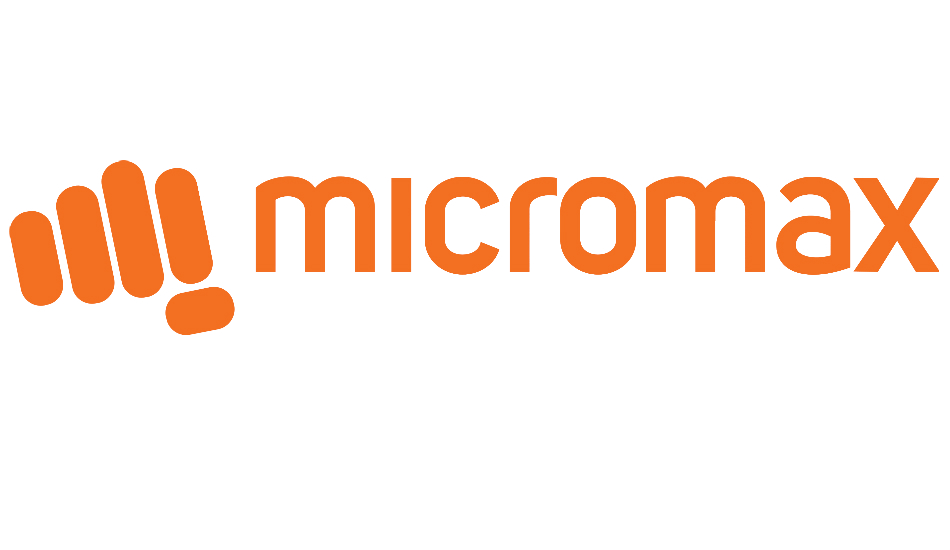After a deep slumber of more than six months, Micromax is all setto launch almost a dozen devices this year. The development was confirmed by the spokesperson of Micromax.
Shubhajit Sen, Chief Marketing Officer, Micromax, said to The Mobile Indian, ” Micromax is geared up to launch around 8 to 10 smartphones this year in India. The company will be launching these smartphones in three different price ranges -Rs 10,000 to Rs 20,000, Rs 6,000 to Rs 10-12,000 and lastly below Rs 6,000.”
He further said added, ” Majority of the smartphones launched this year will be a bit more on the lower price segment where every Rs 500 and Rs 1000 becomes important.”
The company will also be introducing a new Evok series in the next couple of days, especially meant for the online market. Micromax will be launching two smartphones under this series which will be named as Evok Note and Evok Power. The brand has also entered into a strategic partnership with Flipkart and the devices will be available exclusively on the e-commerce website. Though details about the devices are sparse at the moment, but the curtains will be raised on April 12.
Recently, the company has also entered into the mid-premium segment with the launch of Micromax Dual 5 (Review | Specification), in India. Priced at Rs 24,999, the device will be available for purchase from Flipkart, Micromax e-Store and through offline stores starting from today.
The company has also added a host of interesting features on its flagship device. To start with, the device comes with a dual rear camera setup having two 13-megapixel sensors, one being a Monochrome sensor and one being a regular RGB sensor. Another unique feature of the Micromax Dual 5 is its security. The device boasts dedicated hardware security chip along with the software security features, which the company claims make the device unhackable. To explain, fingerprint Password imaging and other passwords are usually stored at a software level but in Dual 5 all the user credentials and security passwords are encrypted and saved in the dedicated security hardware chip.


